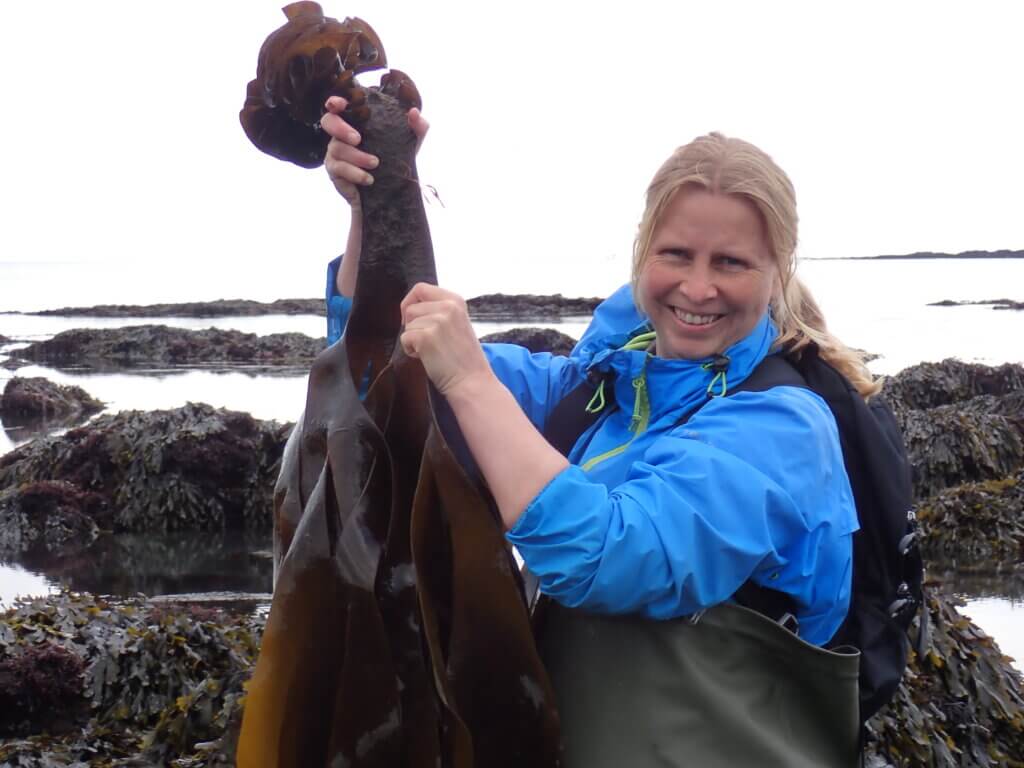
Heather Buttivant is a writer, educator and marine conservationist based in Looe, Cornwall. She specialises in introducing people to the magic of the rock pools. Her new children’s book, Beach Explorer: 50 things to see and discover is out on 1 April with September Publishing. Her website www.cornishrockpools.com was named BBC Wildlife Magazine’s Blog of the Year in 2017. She is also author of Rock Pool: extraordinary encounters between the tides.
Twitter: @CornishRockPool
Catching Up with Nature
My son and I have a healthy habit of muttering at the news. There has, after all, been plenty to mutter at in recent times. One thing that set us both off recently has been the constant mantra that “school is the best place for children”. My son is a child. He doesn’t go to school and he feels affronted that anyone would think he should.
We are not anti-school. Schools provide a variety of valuable services and opportunities, academic and otherwise, for many children and parents. They also are a haven for those children whose homes are not as safe or supportive as they should be. That said, school is not the best place for all children and it is certainly not the only place where children learn and grow. Many children (and teachers) are not thriving in school for all sorts reasons.
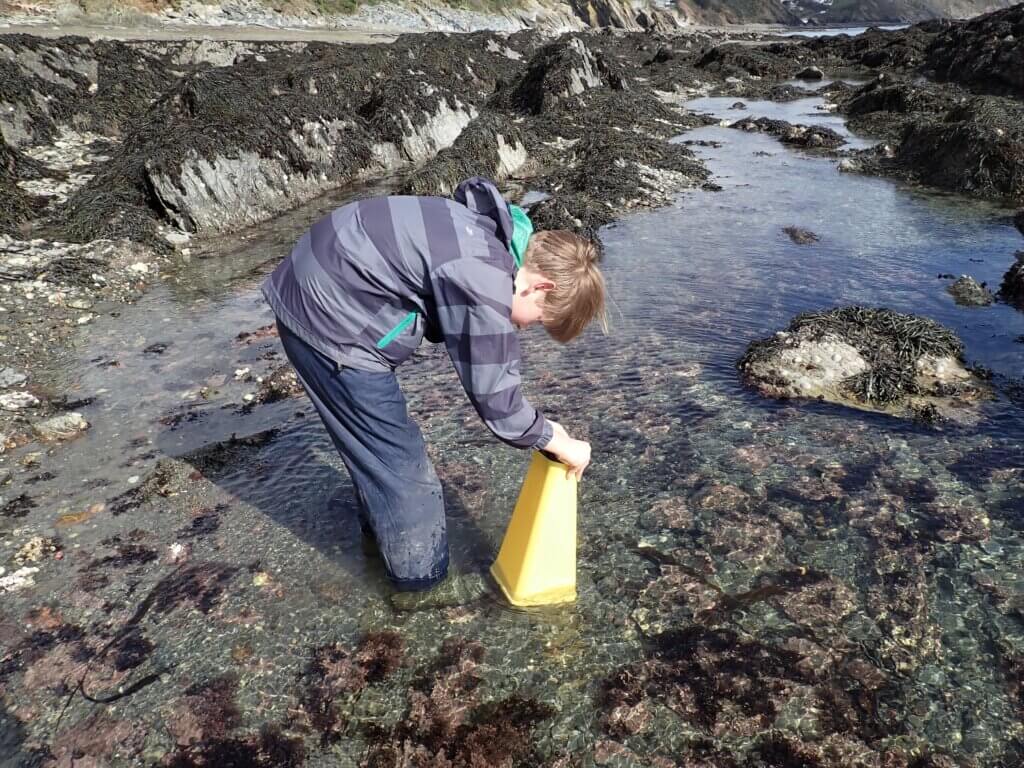
Like thousands of other electively home-educating families in the UK, we have taken a path that looks nothing like school. We don’t have set terms or hours, follow a curriculum or worry about levels. It seems counter-intuitive to those who expect education to be delivered by a teacher, but self-directed, self-motivated home education is at least as good as school in terms of educational outcomes and is not, in any way, an antisocial option. In normal times we are more often outside than in, taking part in many activities and groups and learning through experiences in the real world.
This week, my son and I took advantage of the low spring tides to explore the local shore together. We weren’t thinking about learning, but it was happening – to both of us.
Among other things, my son saw his first Edmundsella pedata sea slug, an amethyst-purple flash of brilliance that took his breath away. He picked up litter (so many golf balls), thought ahead about the incoming tide and learned a new Spanish song about a woodpecker just because he felt like it. By the time he arrived home, he had also mapped out a coding project he wanted to do. Fresh air, play, new experiences and daydreams, it seems, are the stuff of creativity.
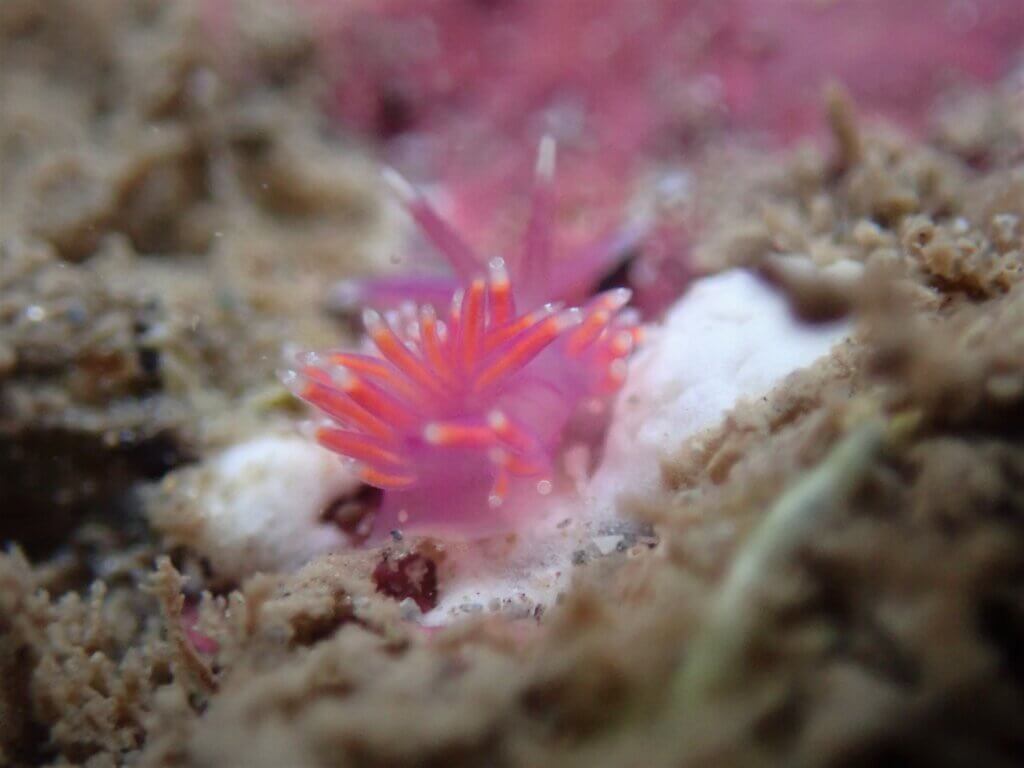
Those working in the education system (and parents as a result of seeing what their children were learning in online lessons during lockdown) are aware that there is a problem with the narrowness of the national curriculum and the focus – in English schools especially – on exam preparation. It is no surprise to educators that rising mental health issues, reductions in physical fitness and a disconnect with the natural world are exacerbated by the outdated and pressurized education system. Many fabulous teachers and schools do their best to counter these trends and are rightly proud of their work, but they are fighting an uphill battle of Sisyphean proportions and doing so with desperately limited resources.
Right now, after a whole year of stress and uncertainty, the last thing that teachers or children want are longer hours, shorter holidays and intensive tutoring. Closing the gap caused by disadvantage is vital and academic support will be a part of that, but what kids need first and foremost are the kind of experiences and freedoms that will spark their curiosity and excitement. They need to feel that they are part of the world and that they can make a difference. They need to be in the right headspace before they can learn effectively. They need to get outside.
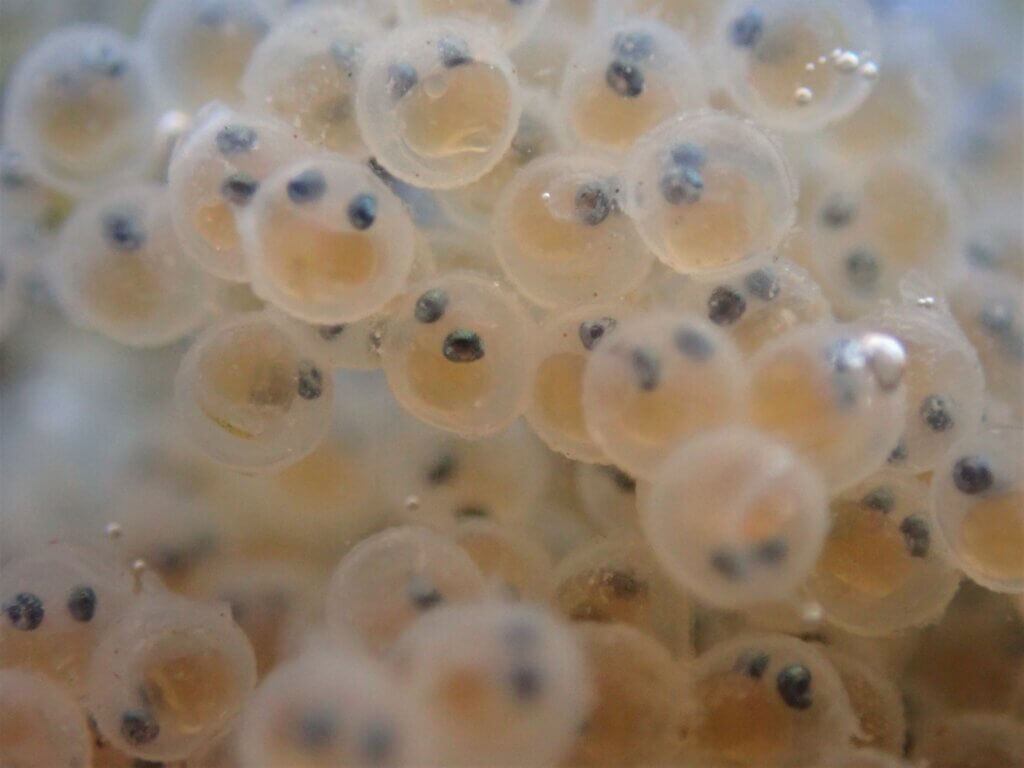
Many schools, especially at primary level, know this and already doing their best to get children outdoors and encountering wildlife. The highly successful campaign fronted by Mary Colwell, author of Curlew Moon, looks likely to succeed in securing a GCSE in natural history for secondary school students and the government is reportedly considering making nature study a compulsory part of the primary curriculum as a result of the Dasgupta review, which will make a difference too.
It still feels like we are missing a trick though. If we are serious about reducing inequality and creatively tackling our urgent environmental problems, we need to think more deeply about what children and society could gain from an education system that focuses on connection and well-being rather than measurables.
For instance…what would schools look like if we gave all children more time and opportunity to go outdoors, to follow their interests, to direct their own learning and to use their natural curiosity? What if forest school and beach school were not just a once-a-week outing, but the norm? What if educators were trusted more and given the resources to create exciting learning environments? What if we moved away from learning in separate subject silos and looked to investigations and projects led by students’ interests with sustainability and society at their core? Could outdoor adventuring and hands-on learning replace the SATS breakfast club?
School and home education are, of course, very different in terms of the practicalities, but the children have the same needs. In my experience of leading all sorts of groups, children thrive when they are given opportunity and autonomy. When children play and explore outside, they learn to love nature and to care deeply for it.
Given the level of environmental challenges and social division we are experiencing, the need for change could not be more urgent. Let’s start with a massive, national nature catch-up programme.
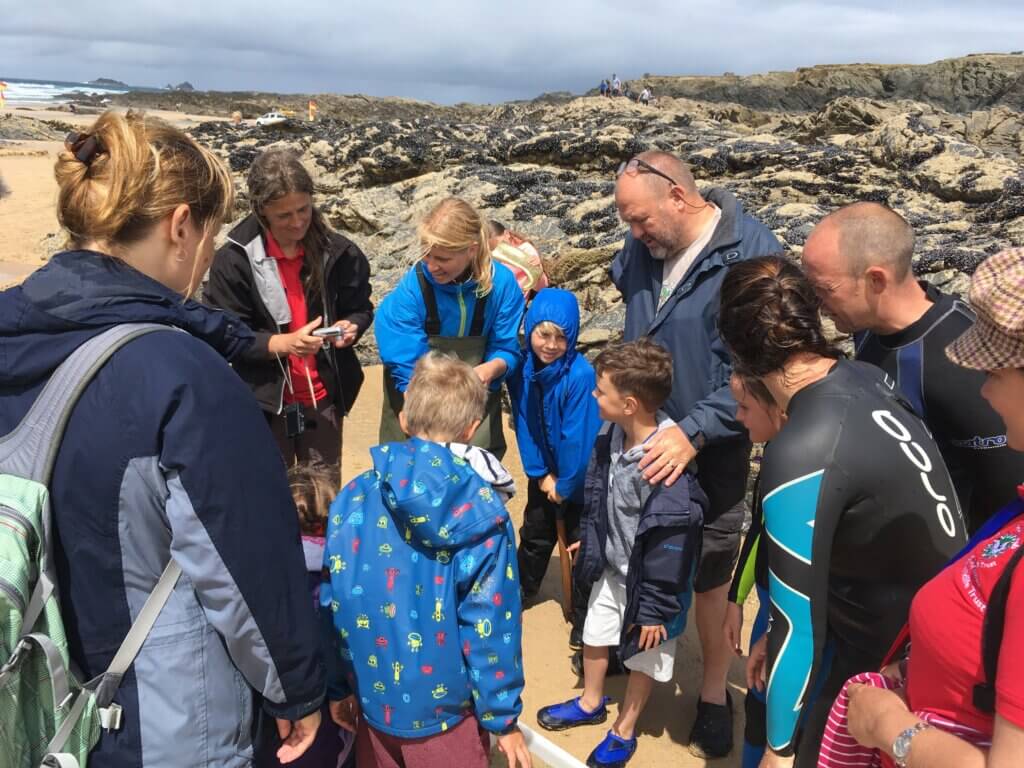
Yes, to an education system that focuses on connection and well-being.
You are blessed to have shore close to home. Most children have neither the shore nor the countryside nearby – at least not any countryside they can access. Until there is a fundamental change in the right to get into the countryside beyond the footpaths that dictate where we can go, most children will grow up to be like the adults before them – estranged from the countryside because they do not know it.
Thank you David. I agree that inequality in all sorts of areas, including access to nature, is a huge problem in this country. The estrangement from nature is a daunting challenge to overcome. However, it is possible to break that cycle and essential that we do so. Even in inner cities (and I have lived in a few) there are some fantastic wild spaces, and with the right commitment and investment, there is no reason that children couldn’t access these and create their own in school grounds and other spaces. Outdoor education centres and wildlife organisations also have huge expertise in providing day and residential experiences to children from all backgrounds and in training teachers, but unless all of this is seen and funded as a priority, change isn’t going to happen. Sadly, the inequality gap exists even in rural areas. Cornwall, where I live, is a deprived area and there are many children who live close to the sea but never go to the beach. When I volunteer out on the shore with my local Cubs and schools, there are always some children for whom that is the only beach trip in the entire year. I’m glad to do my bit, but I can only touch on what is needed in one day a year.
All school grounds should have a nature reserve area and preferably the whole of the grounds should be geared to outdoor learning/forest school/growing veg etc.
Even a totally tarmaced playground in an urban environment can be utilised. And of course the buildings should have bat, swift, sparrow boxes, green roofs, green walls etc….
Many years ago (1970s/80s) there was a brilliant head teacher in ? Hampshire who’s name I forget. She converted her primary school grounds into a brilliant outdoor classroom, getting the council to bring in leaf mould by the lorry load and getting the children to plant veg, wild flowers, daffs for mothering Sunday, look after hens etc.
Anyone remember her name or know if the video the school produced is out there somewhere?
She was years ahead of her time…..
As a young person I used to volunteer for a large number of organisations supporting adults and children with profound and severe learning difficulties and children with disruptive habits.
Most special schools do cater much more on the interests of their pupils. That, it seems to me, to be key to effective learning and support.
The best school I supported was a school for children who had, mostly, been expelled. The curriculum focussed on activities which were relevant to their futures. There were art classes where pupils made superb art objects or wooden products or refurbished items that were, genuinely, good enough to sell. The maths focussed on business – pricing up their goods, selling them and working out profits etc. English was the sales propaganda and other publicity materials. They learnt to concentrate and persevere and be socially responsible.
I simplify, of course, because there were moments and the teachers still had to put up with a lot but, overall, the pupils seemed to settle into the more relevant system of education.
Not completely off topic: https://theconversation.com/how-we-discovered-a-hidden-world-of-fungi-inside-the-worlds-biggest-seed-bank-156051?utm_source=twitter&utm_medium=bylinetwitterbutton&_lrsc=f19e42a6-e635-4bdb-8347-7d805aa062e1
The image of Epichloe brought back hours/days/weeks spent in a world of Trypan Blue